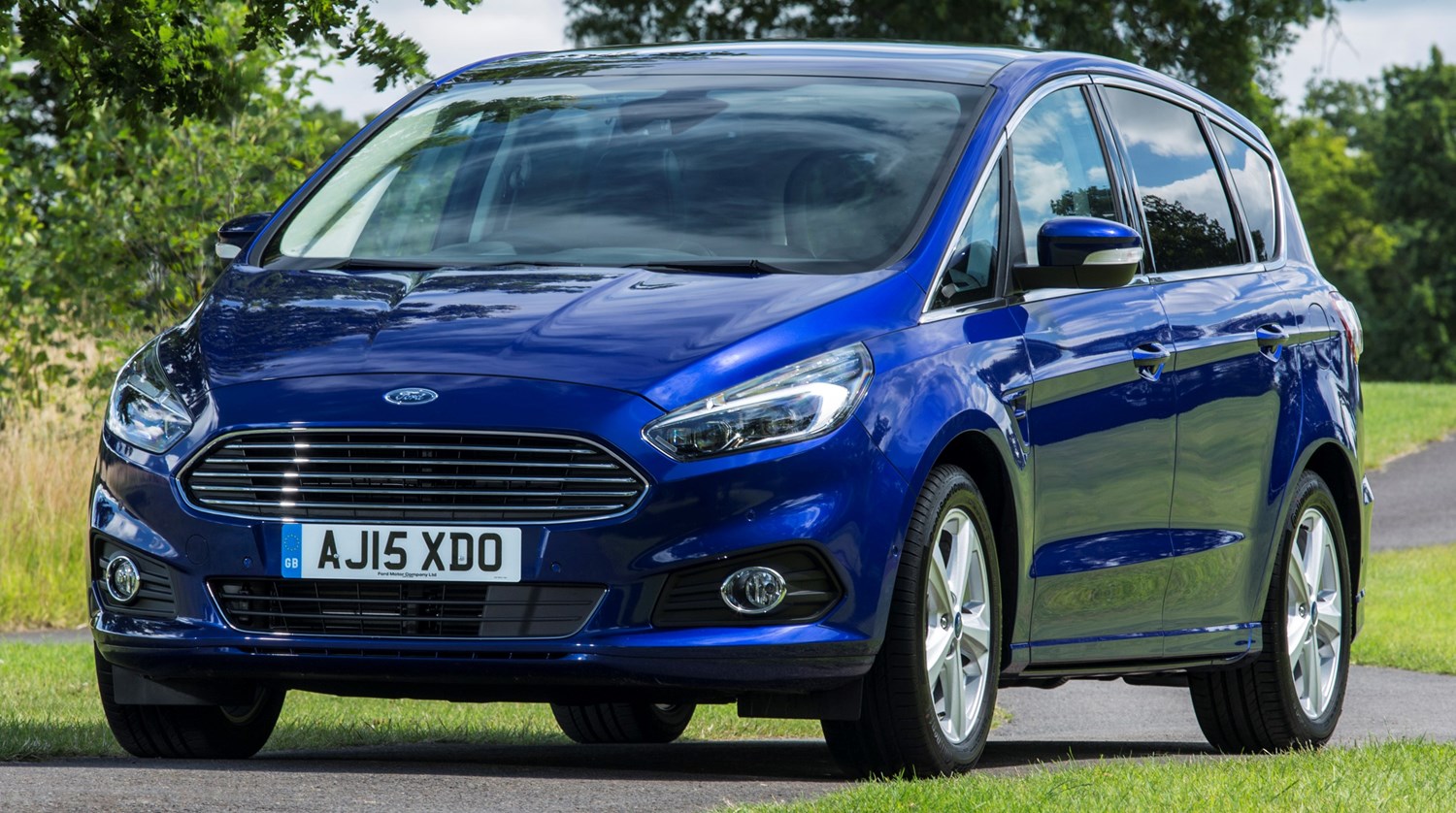Latest Model
MPVs aren’t really supposed to look particularly dynamic but what Ford has done is make the S-MAX look sporty and rather interesting without taking away much of the practicality.
With seven seats like many of its rivals, the S-MAX shares its chassis with the Mondeo saloon and its bigger sibling the Galaxy, but unlike its larger counterpart, the S-MAX has maintained a great driving feel that made it an attractive proposition in the MPV market in the first place.
Available to be fitted with a range of safety features, such as traffic sign recognition, lane keep assist and cruise control, the large MPV does have plenty of pleasing features that families are beginning to demand as standard from their cars.
With good trim from the base Zetec specification, including the SYNC 3 infotainment system and touchscreen and sports seats, this model is leaning towards the premium end of the MPV market and that could be let down by some refinement issues with the interior materials and finish.
Value for money
The S-MAX is striving to be a more premium option in the MPV sector, like the Volkswagen Sharan and the Seat Alhambra, and that means the price has been jacked up to be more competitive with those two. That does mean, however, that base spec models come with plenty of features that will attract plenty of interest.
For the Zetec trim, Ford fits front and rear parking sensors, daytime running lights, SYNC3 infotainment system with eight-inch touchscreen and automatic climate control, as well as sports-style front seats and leather-trimmed steering wheel and gear knob. These features put it on par with its rivals but with a £26,445 starting price, it could be too steep for some as a new car.
So what choice is there on the used market? Well for just £55 more, you can find Titanium Sport models with low mileage and in the current body style, which means more features and a more powerful engine for roughly the same price.
As the highest trim level at the time of the S-MAX’s release, this model comes with cruise control, heated front seats, satellite navigation, rear privacy glass, lane keeping assist and sports suspension making it a tempting proposition.
Also coming with the model is a 2.0-litre 207bhp TDCi diesel and automatic gearbox, which some will find more liking to their style than others. With only 6,714 miles on the clock and costing £24,500, it is definitely worth looking for the pre-owned models on the current S-MAX as those on offer will be starting to come from the current generation.
Looks and image
Despite looking similar to the Galaxy, the S-MAX has a lower and sportier roof line and that helps to make it more attractive and dynamic-looking than any other MPV. With the seven seat layout fitted underneath a sleek and sharp body, it is an evolution on the first generation and is now more upmarket and fits into the new Ford style well. The spoiler and back-end of the S-MAX tops off the sporty design and makes it the most attractive MPV compared to the more boxey offerings.
The thing that Ford has managed to do with the S-MAX is make it both fun and comfortable to drive without compromising the ride and also keeping body roll – which many MPVs can suffer from – to minimum.
Carrying on the first generation’s characteristics, the Ford’s suspension has enough rigidity to make it fun to drive through the corners and reduce body roll but also enough give to make it comfortable over most surfaces, as it can soak up the bumps superbly well. The optional adaptive steering system helps to reduce inputs when cornering at lower speeds and also make motorway driving more stress-free.
The seating position is quite low considering the size of the car, but that does fits into the model’s remit of being sportier in looks and feel. With wheel and seat adjustments in all levels of trim, a comfortable driving position isn’t difficult to find and thanks to the firm yet pliable suspension, ride comfort is excellent considering the more dynamic driving feel when compared to other big cars.
Refinement has been improved also and especially in the newly-introduced Vignale specification, Ford has added more premium materials to the interior and further laminating to the side windows to reduce exterior noise.





